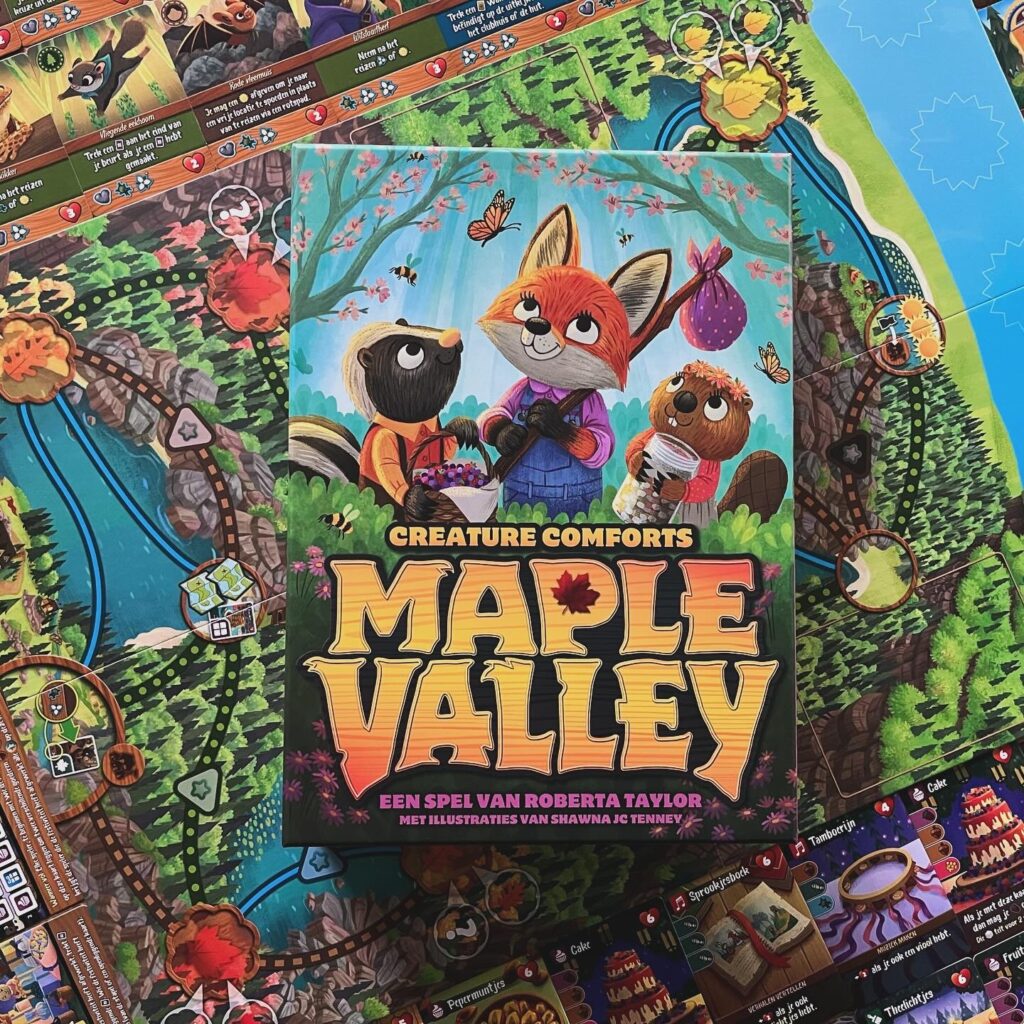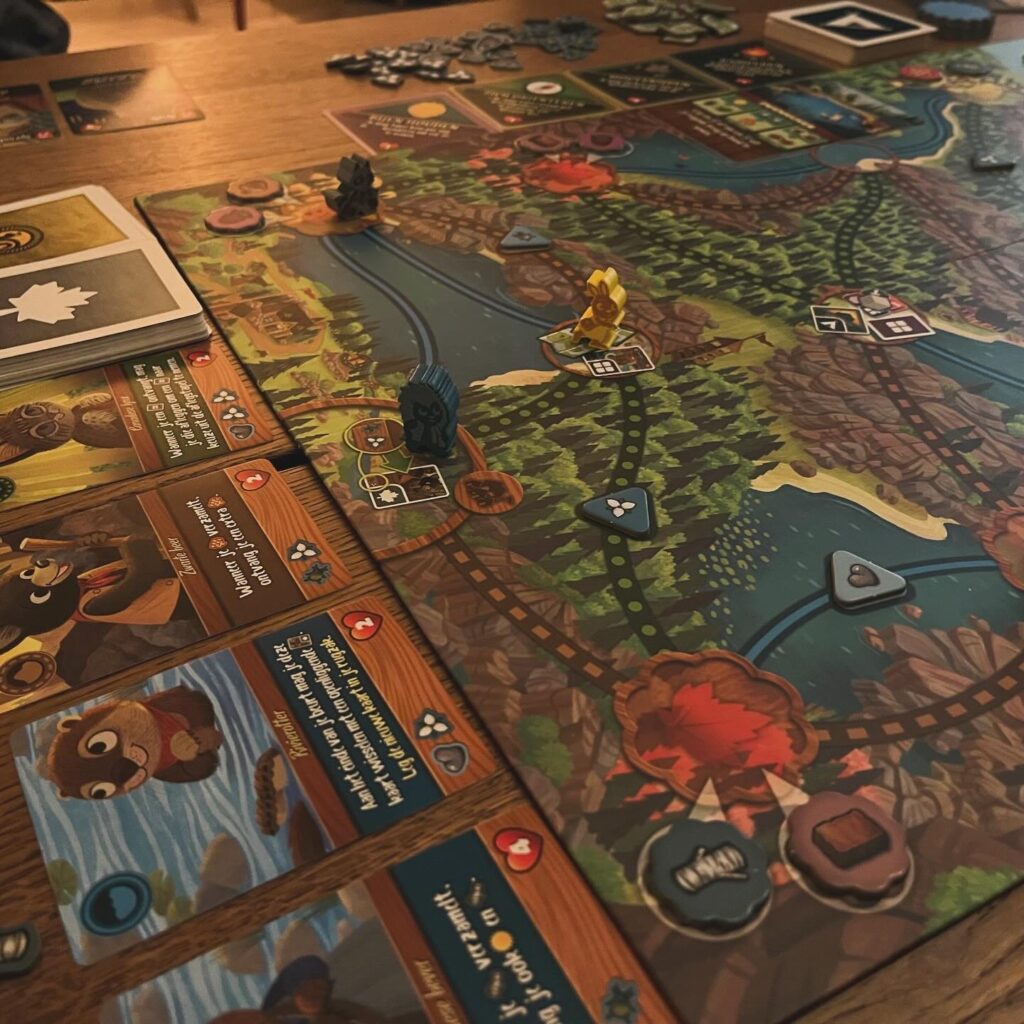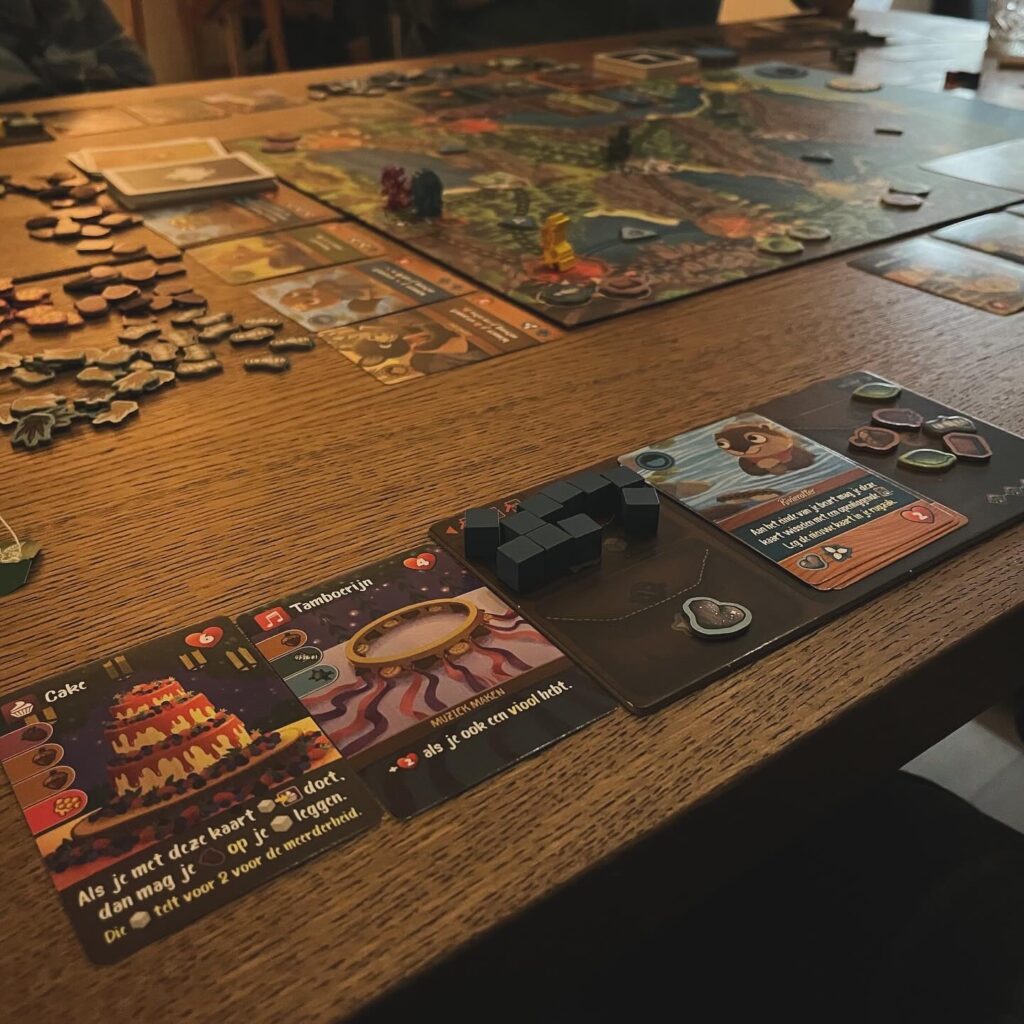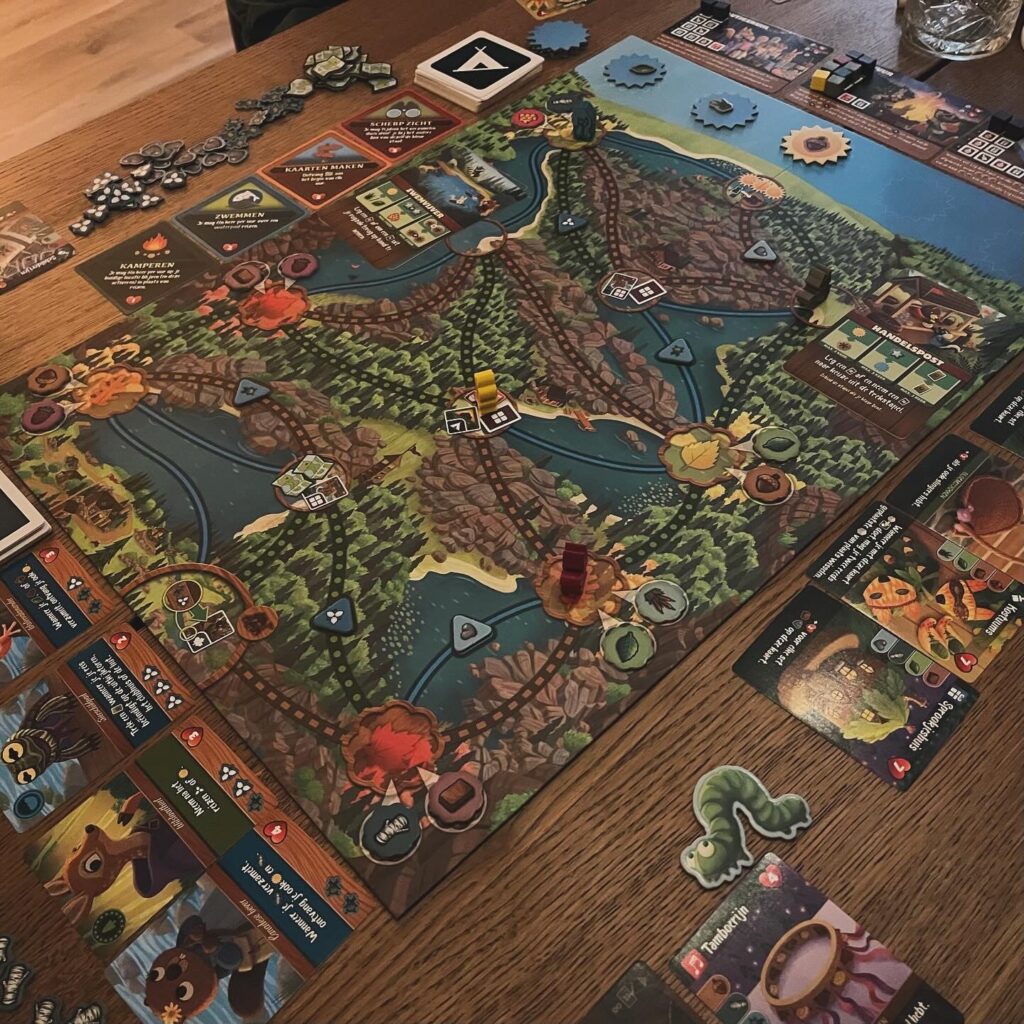Rabbit is on his way to the festival in the valley. It is a summer day and the animals are celebrating. Why the animals are celebrating, Rabbit doesn’t know. Perhaps just because it is a beautiful day. Perhaps, like last week, today is Fox’s birthday. Fox does have a lot of birthdays, Rabbit realizes. “Maybe today is a party because we are celebrating,” Rabbit murmurs to himself. The reason for having doesn’t really concern Rabbit at all, as long as there ia plenty of sugared nuts, acorn pie, raspberry jam, honey cookies, gifts, music and festivities. Rabbit hurries on to the valley.

Meanwhile, Porcupine reacts irritably to a philosophical question posed by Raccoon. Normally Porcupine enjoys Raccoon’s sharp topics of conversation, but the festival starts in five hours and all the preparations still need to be done. Which little animal is contributing the most to Maple Valley’s festival?
Background and setup
In my review of Creature Comforts, I already referred to the works of Dutch writer Toon Tellegen. In this review of Maple Valley, with the above introduction, I am again trying to write imitation of Tellegen’s works. Call it a homage if you like. Both Creature Comforts and Maple Valley could be set in stories by Tellegen. These comfy stories often center around animals with human traits and philosophies. By the way, Maple Valley is published by the same publisher as Creature Comforts, conceived by the same designer and illustrated by the same illustrator. So the setting is the same and so is the target audience (families with children with a nice dose of gaming experience or lovers of convivial light to medium-weight games), but the game play is quite different from Creature Comforts.
In Maple Valley, players go down routes to collect resources and curiosities in order to make party items for the festivities, win over pals and earn badges to get the most points.


At the beginning, players lay out the central board and each player’s player board (their backpack). All cards are shuffled and the various resources, curiosities and other tokens in reach of all players. Each player gets a character and single friend to make the beginning of their hand of cards.
Gameplay
The gameplay of Maple Valley is simple. A total of five rounds are played and then the game ends and the scoring takes place. Each round, the different rows of cards are slightly refreshed and the sun moves across the board towards the end of the game. Each round, players take turns playing a card from their hand to perform their turn.
So each turn, a player plays a card from their hand. Usually this is a friend. The card indicates over which type of route the player may move his cute meeple. Players can use maps to move further. In addition to moving, pals also provide special effects and bonuses.
Once arrived at a location, players can obtain resources, maps, badges, friends, party items or activate other effects there. For pals, players must pay curiosities. Badges provide ongoing bonuses, effects or points. Collected cards with party items must be built, which players can do during their turn by discarding appropriate resources.


Instead of a friend, players can also deploy a swag card for two resources. Garland cards are received at the end of the round if you have fewer friends than the player with the most friends.
After five rounds, the festival takes place and the player with the most points wins.
Verdict
Maple Valley is a very convivial game, besides the available cards there is little interaction between the players, making it very friendly. It is beautifully designed and the cute drawings obviously add to the conviviality.
The game play is fairly simple, but with enough different options and types of actions that players can employ different tactics. The game is unhurried and takes a bit longer, but this allows players to just catch up on their day in the forest or valley during the game, eat tasty beechnuts or honey cakes and drink homemade cassis late into the evening.



